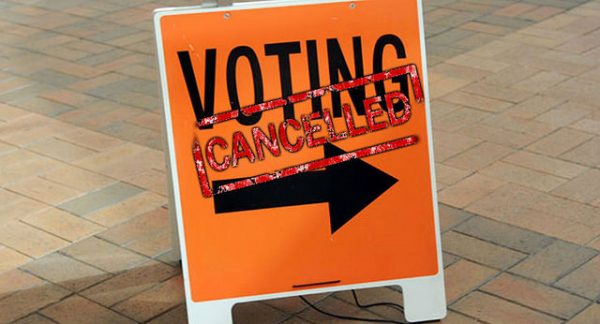
President Trump and his administration have insisted that there was massive voter fraud in the 2016 election, although evidence has not supported this allegation. Instead, the evidence points to significant issues surrounding voter suppression in the United States.
One contributing factor is felon disenfranchisement — when people with a felony conviction permanently lose the right to vote. Since the late 1860’s, U.S. states with the largest non-white prison populations have been more likely to implement voting restrictions for felons. Today, formerly incarcerated persons constitute the largest portion of the disenfranchised population, which also includes people with disabilities and those without valid forms of identification. Importantly, restrictive voting laws have actually altered political outcomes. For example, it is estimated that Al Gore would have won the 2000 presidential election if formerly incarcerated persons in Florida had been allowed to vote.
- Alexander Keyssar. 2009. The Right to Vote: The Contested History of Democracy in the United States. Basic Books.
- Angela Behrens, Christopher Uggen and Jeff Manza. 2003. “Ballot Manipulation and the ‘Menace of Negro Domination’: Racial Threat and Felon Disenfranchisement in the United States, 1850–2002.” American Journal of Sociology 109(3): 559-605.
- Christopher Uggen and Jeff Manza. 2002. Democratic Contraction? Political Consequences of Felon Disenfranchisement in the United States. American Sociological Review 67(6): 777-803.
After the 2010 midterm elections, there was a wave of laws that seemed to bolster voting requirements, such as new ID laws and proof of residence. And while strengthening voter requirements may seem benign at first, these rules restrict access to people who are less likely to have identification and proof of residence — people of color, the elderly, and the poor. In essence, such laws make it harder for only some people to vote. Research suggests that Republican leadership and legislatures are more likely to push for these laws, an irony when we consider that the President Trump is alleging that there were too many votes.
- Keith G. Bentele and Erin O’Brien. 2013. “Jim Crow 2.0?: Why States Consider and Adopt Restrictive Voter Access Policies.” Perspectives on Politics. 11(4): 1088-1116.
- William D. Hicks, Seth C. McKee, Mitchell D. Sellers, and Daniel A. Smith. “A Principle or a Strategy? Voter Identification Laws and Partisan Competition in the American States.” Political Research Quarterly 68(1): 18-33.

Comments